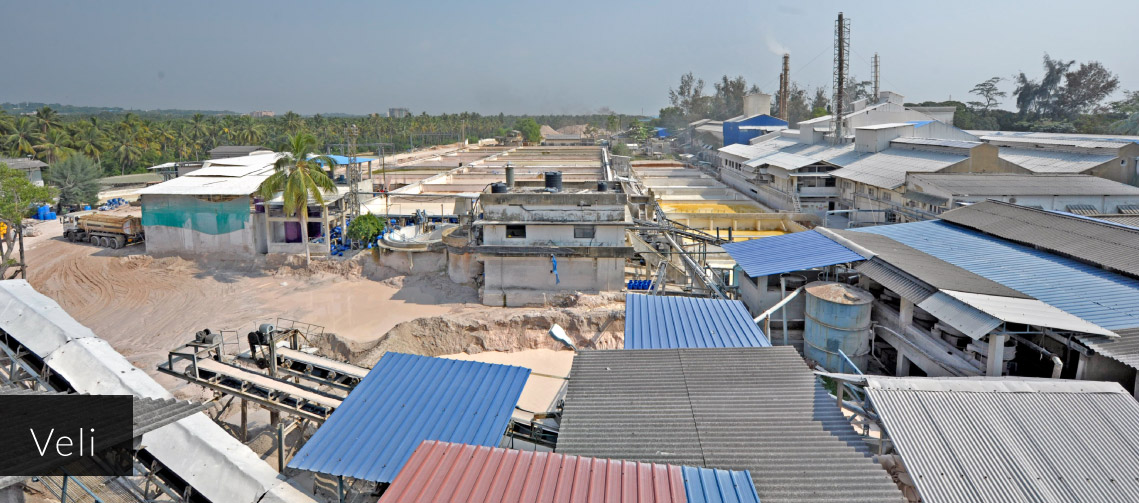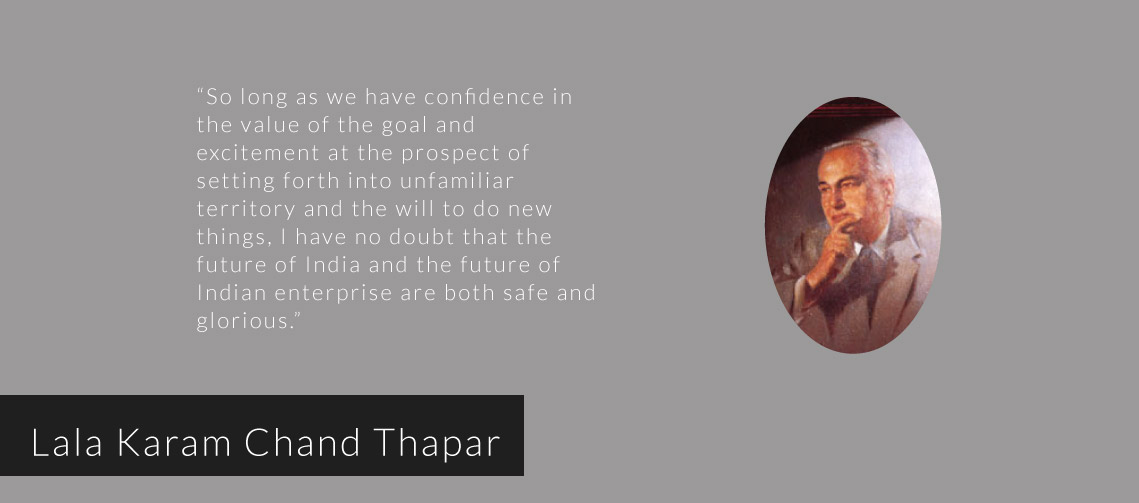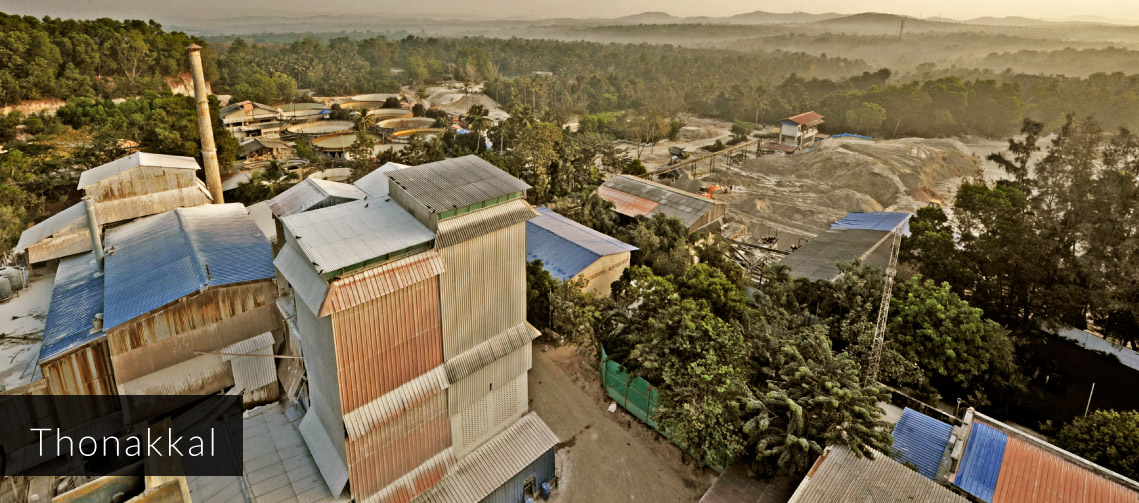What started as a vertical integration solution for paper 50 years ago has today extended to diverse customers across industries such as Paint, Ink, Ceramics, Tyres, Fibreglass and even Power Transmission Cables.
Our Clay story
Kerala-based M N Ramakrishnan, a school teacher, forayed into the clay mining business in 1963 after tasting success in his previous ventures (selling electric cables and tractors). Through a technical and financial JV with UK-headquartered English China Clays Ltd (ECC), the pioneer and the-then world leader in kaolin processing, Ramakrishnan setup English Indian Clays Limited with a corpus of Rs 100,000. Ramakrishnan and his associates held a 25% stake in the JV, Cornwall-based ECC held 24%, the Maharaja of Travancore 15% and the remainder was held by financial institutions.
English Indian Clays Ltd first mined kaolin deposits at Akkulam near Trivandrum. A factory was set up at Veli to process the clay, which was sold to paper and paint companies with some part of it exported to English China Clays. Though there were no value added products, hydrous clay was supplied to clients after quality assurance testing was conducted at its labs in Trivandrum.
Ballarpur Paper Mills was one of the first customers for English Indian Clays Limited. Titagur and Somanis were among the other paper companies that sourced clay from the company.
English Indian Clays Limited was a pioneer in china clay mining and processing and instrumental in opening the door for other companies within India, to beneficiate the finequality china clay readily available at Kerala.
However, labour problems plagued the company all through its existence. Lockouts, strikes and production stoppages were a common feature during the ‘60s and ‘70s causing much angst to Ramakrishnan who began looking for buyers to divest his share in the company. Fortunately, T.V. Thomas, then the Minister of Industries in Kerala introduced Ramakrishnan to the Thapar Group who were keen to expand their business to South India. In 1992 the Thapar conglomerate took over English Indian Clays Limited.
At the time of sale, English Indian Clays Ltd. was mining 70-80 acres of land in Akkulam, and additional land was also leased at Thonnakkal. The company had an annual turnover of Rs 40-50 lakh. A new era began at English Indian Clays Limited after the takeover by the Thapar Group conglomerate.




